The Silk Road shortens times, but the ship is the most used means due to its cost and higher frequencies
This was highlighted during a recent visit to Spain by Mao Wenjing, president of the Foundation for the Exchange between Yiwu and Spain (FIYE). Although the train is designed for freight transport, Mao Wenjing has noted the interest of many people in using it to travel through the eight countries it crosses. To carry out this ambitious project, it would be necessary to increase the frequency and number of trips.
Since its launch, the train has made 76 trips from Yiwu to Madrid, a significantly higher number than the trips in the opposite direction. This fact highlights the interest of our companies in importing goods from China and other Asian countries, as they find this type of operation an advantageous way to obtain quality at a good price.
The train offers an alternative communication route to sea and air crossings for importing goods from China. On the one hand, the time it takes for containers to reach their destination can be almost halved, and on the other hand, it avoids the Southeast Asian straits, as well as crossing the Suez Canal, not to mention that air transport is not always possible due to its costs.
Considering cost and delivery speed, it is midway between sea and air transport. The disadvantage is that its frequencies are very spaced out, since a shipment is only organized when all the carriages are full.
The ship, the most used means for importing goods from China
Currently, the most chosen method is the ship, as although it is somewhat slower, it is more cost-effective in most cases. Bull Importer manages the most suitable means of transport for importing goods from China and other Asian countries, always choosing the most economical, reliable, and safe option.
One of the keys to maritime transport is choosing the most convenient Incoterm (standardized international trade contract model). Although multimodal Incoterms can be used for any type of operation, there are four modalities for maritime transport: FAS, FOB, CFR, and CIF.
- FAS (Free Alongside Ship). Its most frequent use is for bulk cargo transport, which is placed on the quay next to the ship. The buyer assumes the risks from the moment the goods are deposited on the quay. Additionally, the buyer must arrange the transport and bear the costs of loading, stowage, freight, unloading, and import procedures.
- FOB (Free On Board). It is usually used for transporting goods that do not travel in containers but on pallets, drums, boxes, or bales. With this system, the seller is responsible for arranging the transport and managing the export customs procedures. The buyer assumes the costs of freight, unloading, and import customs.
- CIF (Cost, Insurance and Freight). It is one of the most used in international transport, although it is limited to maritime or river transport exclusively. In this case, the seller manages all the necessary procedures for export, including mandatory cargo insurance. The buyer takes care of import duties, unloading, and customs procedures.
- CFR (Cost and Freight). Similar to the CIF system but without the obligation to purchase insurance (although it is recommended).


